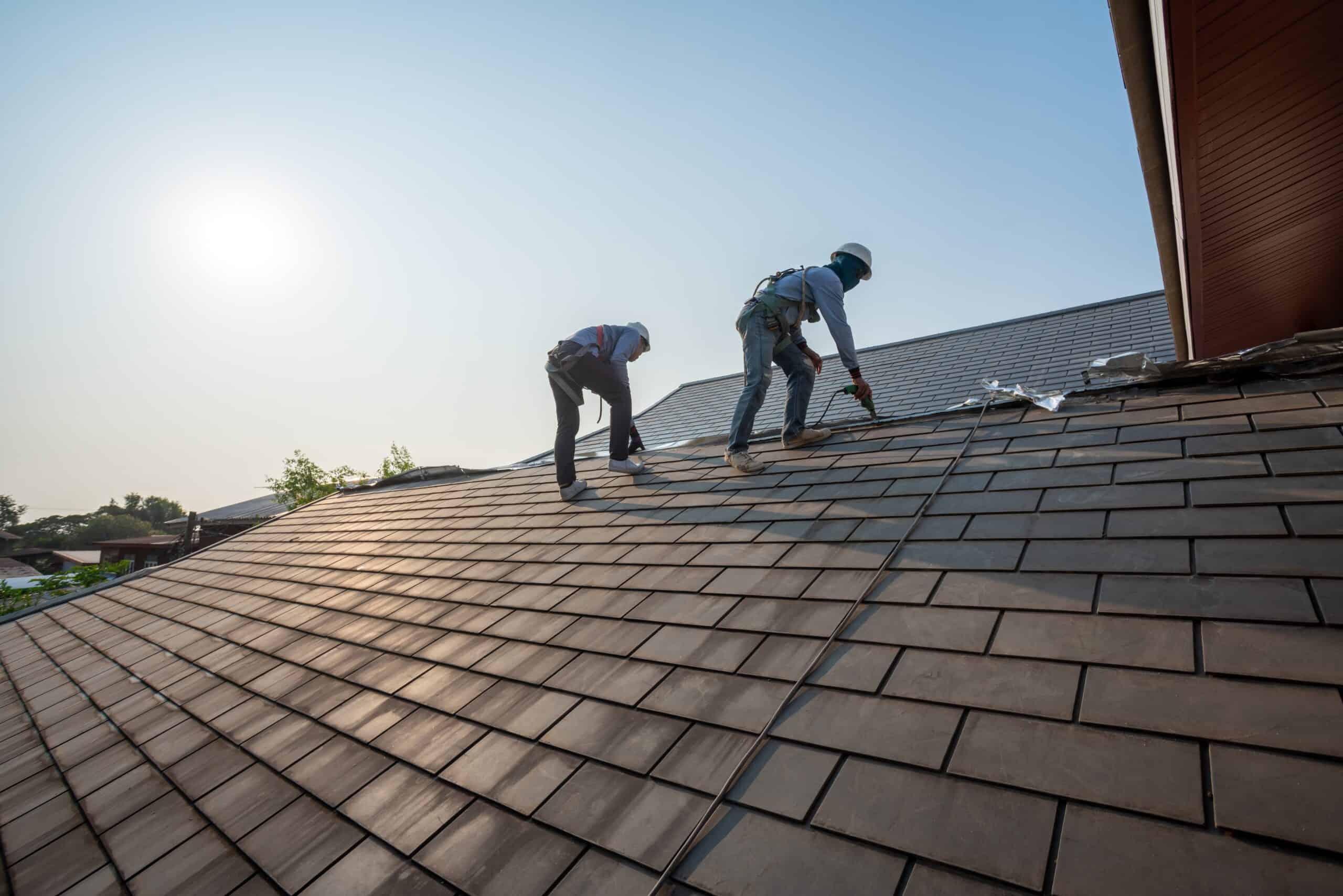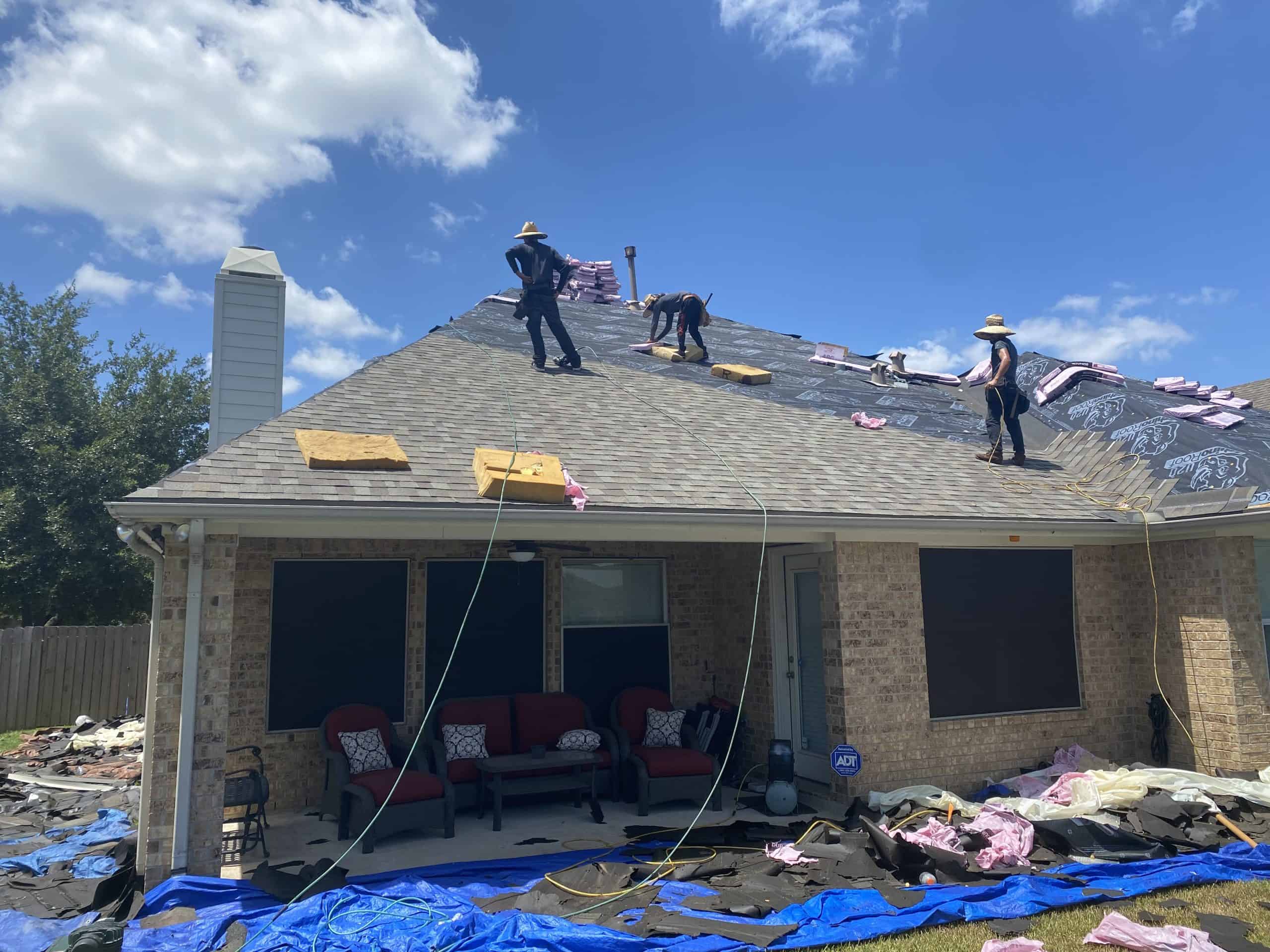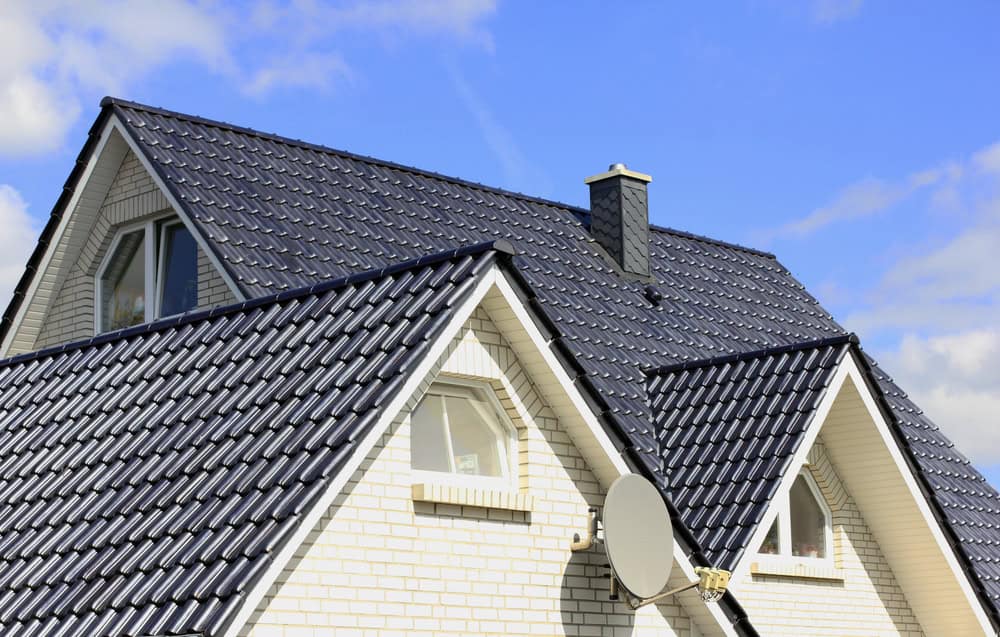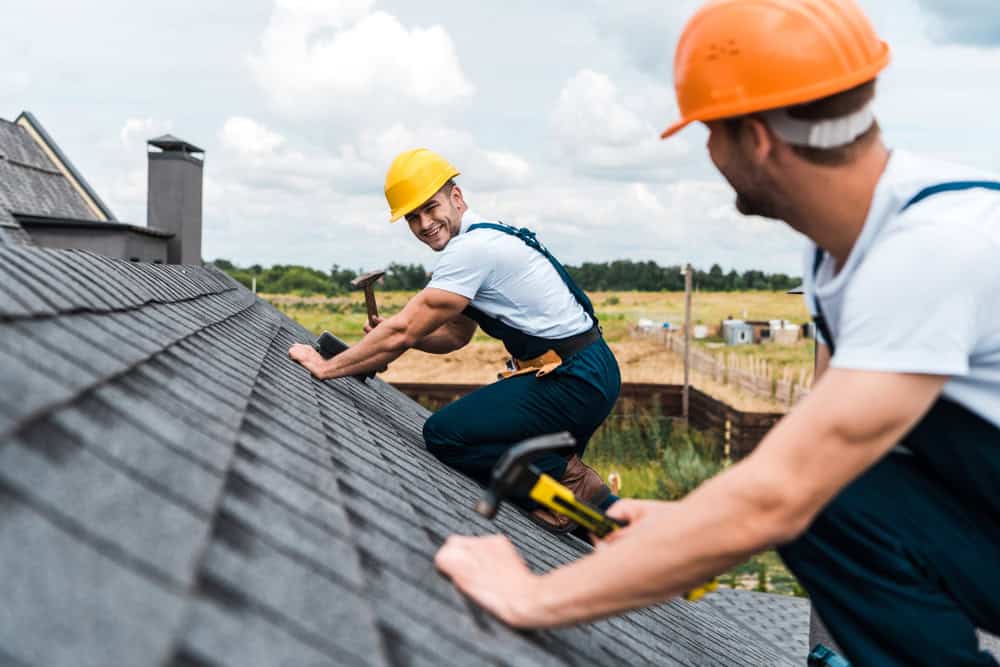Your roof is a primary shield for your Houston home or business, standing against intense sun, heavy rains, and occasional strong winds. But how often do you think about its condition before a problem arises? Neglecting it can lead to unwelcome surprises and substantial repair bills. Understanding the optimal schedule for a professional roof inspection is fundamental to preventative maintenance, whether you have a brand new roof or one that has sheltered you for years. Scheduling a regular roof inspection can save you significant money and stress down the line. Bluebonnet Exteriors HTX, serving the Houston, TX community, is here to clarify how frequently these essential checks should occur to maintain your property’s covering effectively. Let’s explore the key considerations for keeping your roof in sound shape.
The Importance of Regular Roof Inspections in the Houston Climate
First and foremost, why is a consistent roof inspection schedule so important, especially here in Houston? Our local climate presents specific challenges. Intense summer heat can cause roofing materials like asphalt shingles to age prematurely, becoming brittle. High humidity levels can promote algae or mold growth, particularly on shaded roof sections. Furthermore, the potential for tropical storms and hurricanes means roofs are periodically subjected to high winds and driving rain, which can lift shingles, damage flashing, or cause debris impact. A routine roof inspection acts as a preventative measure. Skilled roofing contractors can identify subtle signs of wear or damage, such as cracked sealant around vents or a few loose shingles, before they allow water intrusion. Catching these minor issues early prevents them from escalating into major leaks that could damage your attic insulation, drywall, and even compromise the building’s structure. Whether managing residential roofing or commercial roofing, a proactive roof inspection approach protects your property value and avoids disruptive repairs.
Recommended Frequency for a Roof Inspection
Generally, scheduling a professional roof inspection twice a year is a sound guideline for most Houston properties. The ideal times are typically in the spring and fall. A spring inspection allows roofing contractors to assess any toll the winter may have taken, however mild our winters often are, and prepares your roof for the intense summer heat and rainy season. A fall inspection helps identify any damage from summer storms or heat exposure and prepares the roof for the cooler months. However, this twice-yearly schedule isn’t rigid. It’s highly recommended to arrange an additional roof inspection immediately following any severe weather event, such as a hailstorm or hurricane, regardless of when your last checkup occurred. Even a relatively new roof can sustain damage from significant weather events, making a post-storm roof inspection a prudent step.
Factors That Influence Your Roof Inspection Schedule
While twice a year is a baseline, several factors might suggest adjusting the frequency of your roof inspection. Firstly, consider the age of your roof. A roof nearing the end of its expected lifespan (e.g., asphalt shingle roofs often last 15-25 years) warrants more frequent checks, perhaps annually or even semi-annually with greater scrutiny. Secondly, the roofing materials matter. Some materials, like slate or certain metal roofing systems, might require less frequent detailed inspection than standard asphalt shingles, although regular visual checks are always wise. Thirdly, the property’s surroundings play a part. If your home or building is shaded by large trees, more frequent checks for debris accumulation in valleys or gutters, and potential damage from falling limbs, are advisable. Finally, the roof’s history, including past repairs or if you’ve recently had a roof replacement, might influence how often you schedule a roof inspection.
Tangible Benefits of Consistent Roof Inspection
Committing to a regular roof inspection schedule provides significant advantages beyond just identifying damage. A primary benefit is cost savings. The expense of a professional roof inspection is minor compared to the potential cost of repairing extensive water damage resulting from an undetected leak. Fixing damaged insulation, replacing stained ceilings, or addressing mold remediation can quickly become very expensive. Secondly, regular maintenance identified during an inspection extends your roof’s lifespan. Addressing small issues like replacing worn pipe boot flashing or securing loose fasteners helps the entire system function correctly for longer, maximizing your initial investment whether it was a new roof or a roof replacement. Thirdly, documented regular inspections might be necessary to keep manufacturer warranties valid for certain roofing materials. Finally, knowing your roof is sound contributes to a more comfortable and secure feeling within your home or business operations. A consistent roof inspection plan is a practical investment.
What a Professional Roof Inspection Entails
What actually happens during a professional roof inspection performed by roofing contractors like Bluebonnet Exteriors HTX? The process is quite thorough. Initially, the inspector examines the roofing materials themselves. For asphalt shingles, they look for cracks, blisters, curling edges, missing granules (checking gutters for accumulation), and any loose or missing shingles. On metal roofs, they check for rust, loose panels or fasteners, and sealant condition. Tile roofs are checked for cracked or slipping tiles. Next, attention turns to crucial transition points: flashing. This involves checking the metal or specialized membrane seals around chimneys, vents, skylights, and where different roof planes meet (valleys). Materials like galvanized steel or aluminum flashing are common. Inspectors look for gaps, rust, or damage here, as these are frequent leak sources. Gutters and downspouts are checked for blockages and proper attachment. If accessible, an interior check, often in the attic, looks for signs of water stains on the underside of the decking, mold, rot, or inadequate ventilation, which can affect roof longevity. They utilize their knowledge to spot issues that might go unnoticed by an untrained eye.
DIY Checks vs. Professional Roof Inspection
Can you perform your own roof inspection? Homeowners can certainly conduct basic visual checks from the ground, perhaps using binoculars. You might spot obvious issues like missing shingles, heavy debris accumulation, or clogged gutters. However, these ground-level checks have limitations. Attempting to climb onto your roof without proper safety equipment and training carries significant personal risk. Furthermore, identifying subtle signs of damage, like hail impact marks that aren’t immediately obvious or hairline cracks in flashing sealant, requires a trained eye. Professional roofing contractors possess the safety gear, experience, and knowledge of various roofing systems (both residential roofing and commercial roofing) to conduct a comprehensive assessment. They understand how Houston’s weather affects specific materials and can accurately diagnose problems, recommending appropriate actions. For a reliable evaluation, a professional roof inspection is the recommended approach.
Schedule Your Houston Roof Inspection Today
To summarize, maintaining the health of your roof through regular assessment is a practical necessity for Houston property owners. Aiming for a professional roof inspection twice annually, typically in spring and fall, provides a strong baseline. Remember to also schedule a check after any significant weather events. Factors like roof age, materials, and surrounding foliage can influence this frequency. The benefits are clear: preventing costly damage, extending your roof’s service life, and maintaining warranty conditions. While basic visual checks are helpful, a thorough evaluation by experienced roofing contractors offers the most reliable assessment. Don’t wait for a leak to tell you there’s a problem. Contact Bluebonnet Exteriors HTX to schedule your next roof inspection and keep your Houston property protected.





